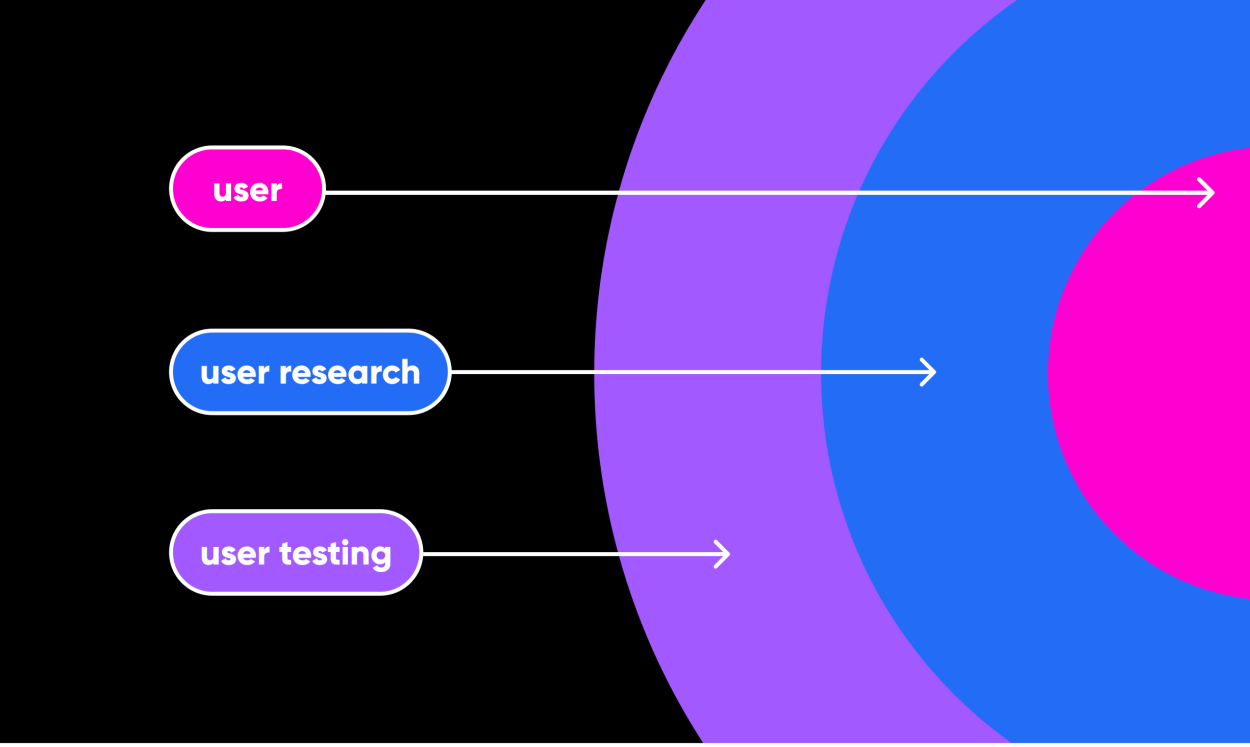
As experts in today’s digital landscape, we can’t emphasise enough the transformative power of user-centred design (UCD) for businesses that want to stand out. With countless options available to users, focusing on their needs isn’t just a nice touch - it’s essential. When we design with users in mind, we don't just enhance engagement and boost conversion rates, we revolutionise the entire customer experience. UCD can turn your website into a sales powerhouse while balancing aesthetics and functionality.
understanding user-centered design
User-centred design goes beyond aesthetics; it’s about crafting experiences that genuinely resonate with users. Imagine stepping into a custom-made space for you, where every detail - from layout to language - aligns with your preferences. That’s the essence of UCD.
We conduct thorough research into user behaviours, preferences, and pain points to achieve this. Imagine a designer engaging with real users, listening to their stories, and uncovering their frustrations and desires. By stepping into their world, we can create designs that function well and feel instinctively right.
This approach doesn't just create a website, it crafts an intuitive journey. Users can navigate effortlessly, finding what they need without confusion. When a site anticipates users’ needs - suggesting relevant products or simplifying complex tasks—it fosters trust and satisfaction. Ultimately, this experience makes users feel understood and valued, encouraging deeper engagement and repeat visits.
a practical example
Let's take a practical example to understand how UCD works. Consider a homeware e-commerce website offering everything from kitchen essentials to stylish decor. To enhance user experience through UCD, our team at the lemon conduct extensive research, including interviews, surveys, and usability testing with their target customers. They discover that many users are busy individuals looking to refresh their spaces but often feel overwhelmed by choices. Key pain points emerge, such as difficulty finding specific items, frustration with complicated checkout processes, and a desire for inspiration and personalised recommendations.
Based on this feedback, we creates a clean, intuitive navigation menu that categorises products by room (kitchen, living room, bedroom) and style (modern, rustic, minimalist). This structure allows users to find exactly what they’re looking for quickly. The website also integrates a recommendation engine that suggests products based on users’ previous purchases and browsing history. For example, if a user frequently shops for kitchenware, the site highlights trending pots, pans, and gadgets tailored to their style.
Understanding the importance of convenience, the team redesigns the checkout process to minimise steps. Users can check out as guests, autofill their shipping information, and easily apply discount codes. Clear progress indicators show how many steps remain, making the experience straightforward and stress-free.
The design is fully responsive, recognising that many users shop on their phones while juggling other tasks, ensuring a seamless experience across all devices. After the initial design launch, the team conducts usability tests to gather feedback and observe user interactions. This iterative process, which includes adjusting button sizes for easier tapping and optimising image loading times, underscores the team’s commitment to continuously enhancing the user experience.
Thanks to these user-centred design efforts, the website experiences a significant boost in engagement and conversion rates. Users appreciate the ease of finding the perfect home items and the personalised recommendations, leading to increased sales and positive reviews. This success story illustrates how prioritising user needs can transform a website into a trusted destination for homeware, greatly enhancing the overall shopping experience.
improved conversion rates
Adopting a user-centred approach is critical for optimising conversion rates. By incorporating clear calls-to-action (CTAs), appealing visuals, and straightforward forms, we can effectively guide users toward desired actions, such as purchasing or signing up for newsletters.
A/B testing different design elements can be a game changer. By experimenting with various options, we can discover what resonates with users. Sometimes, a simplified sign-up form yields better results than a more complex one. Refining our designs based on user feedback can maximise those crucial conversions.
higher customer satisfaction
A positive user experience can significantly elevate satisfaction levels. Users who enjoy online interactions are more likely to return and develop loyalty. Moreover, satisfied users recommend the site to others, driving organic growth through word-of-mouth.
To enhance the user experience, addressing common frustrations, such as slow loading times or complicated navigation, is essential. A website that functions smoothly conveys professionalism and reliability, both critical for building user trust. However, before making significant changes, it’s vital to research what frustrates your visitors the most. This is where a website audit can be invaluable, helping you pinpoint specific pain points and determine the best course of action. Tools like Lucky Orange can provide insights into user behaviour, allowing you to make informed decisions that enhance the user experience. By focusing on these aspects, you can create a more satisfying experience that keeps users returning for more.
the balance between aesthetics & functionality
While prioritising user needs is essential, balancing aesthetics and functionality is just as important. A beautiful design can attract users, but they’ll quickly lose interest if navigation is complex or the site is slow. Investing in a clean, modern design that enhances usability can create a lasting impression. A website that showcases high-quality images, consistent branding, and a thoughtfully chosen colour scheme can captivate users without sacrificing functionality. The goal is to create a visually stunning site that elevates the overall user experience.
conclusion
Incorporating user-centred design into your web development process isn’t just a trend—it’s a fundamental strategy for boosting conversions and achieving business success. By focusing on what users need and prefer, we can drive engagement, improve conversion rates, and increase customer satisfaction. Ultimately, this approach leads to higher sales and a stronger brand presence in our ever-evolving digital landscape. Embrace UCD, and watch your website transform into a powerful asset that attracts and retains loyal customers while increasing sales.
Ready to add some UCD zest to your website? Get in touch with us for a chat!